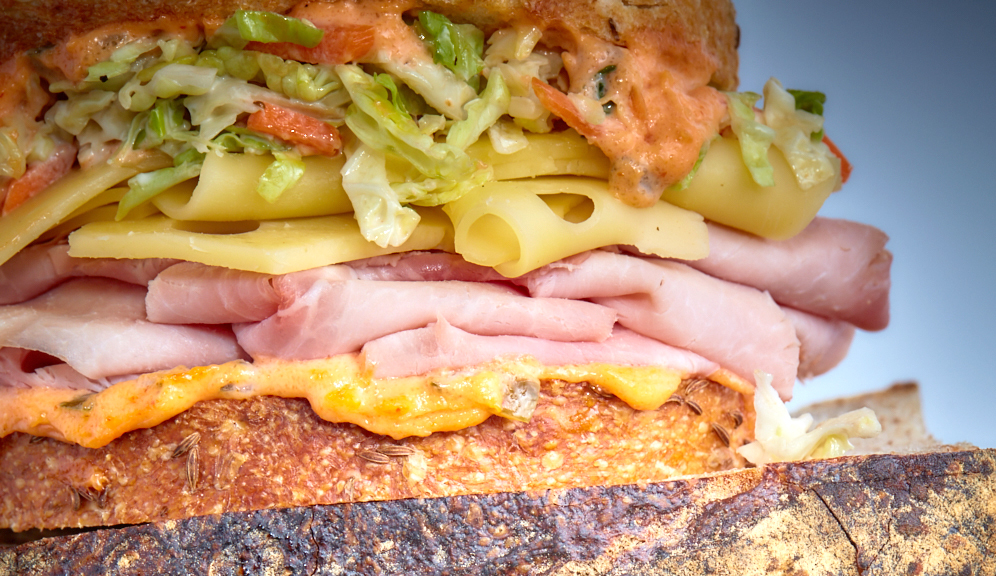It could be said, without possibility of being proven wrong, that everyday lives of Italian people from Spring to Autumn mainly take place outside the home, rather than inside. From the very first, and shy, sunny days of the year, going outside, breathing fresh air and living surrounded by nature in the many parks that dot large and small cities of the Italian peninsula, or treating oneself to the typical “gita fuori porta (out of town trip)” on the weekend, is an irresistible impetus; a must.
Days to be spent under the banner of “back to nature and to healthier habits”. Be it a get together with a group of friends, or a family outing, a few things will definitely be part of the picture, and these are a guitar, a ball and a meal to be strictly eaten lying down on the grass.
The picnic too is no exception to Italians’ passion for gastronomy, among delicious regional specialties and the unmissable good wine.

The most practical and tastier of packed lunches, or “a sacco (in a bag)” lunches (so called because it is traditionally prepared at home and then placed in a cloth bag to be eaten as and when desired) is no doubt the “panino”, as Italians call their concept of a sandwich. The Panino is a living and widespread gastronomic custom throughout all corners of Italy.
Just imagine that the Panino’s history crosses path with that of Renaissance genius Leonardo Da Vinci. In fact, Da Vinci, in addition to being a painter, sculptor, architect, engineer and mathematician, was also passionate about culinary arts, to the extent that he invented a forerunner of the Panino, but failed to find a name for it: “I was thinking of placing a slice of bread in between two chunks of meat: but how shall I call this treat?”
Anecdotes aside, the varieties of the Panino existing in Italy are endless, starting with the shape of the bread to be filled with the “companatico“, i.e. the filling.
The Ciriola is a bread variety that is fairly widespread in the Lazio region. It has an elongated shape characterized by a central swelling. The bread crust is smooth and crunchy, and amber in color, whereas the inside is soft and honeycombed.
A very common bread variety in the Emilia-Romagna region, and in particular in the area surrounding Modena, is the Tigella, which takes its name from the stone or terracotta plates which these soft and round-shaped flat-breads were traditionally cooked on.
A panino in Puglia would traditionally be made using the Puccia, a round loaf cooked in a wood-burning oven, characterized by a soft dough with a very limited amount of crumb and with a crunchy crust.
In Milan, on the other hand, the Michetta, also called Rosetta, has had a place among the preferred bread varieties ever since the nineteenth century, and it is a sort of crunchy unseasoned bread with very a limited amount of crumb in the inside.

This itinerary into flavors could potentially be endless, but it converges into a single recurring element: the cured meats filling. Be it Mortadella, Soppressata, Salami or Prosciutto, the so-called “affettati (cold cut)” is an essential element if you wish to enjoy an authentic Italian Panino that is capable, in a single bite, to convey the most ancient soul of a craftsmanship that has been handed down for decades.
Fratelli Beretta, which has brought the unique taste of noble cured meats of the Italian tradition to homes around the world for eight generations, and is the longest-running family business in the tradition of Italian delicatessen that exists today, is well aware of this. Today, the care for raw materials and a profound respect for the Italian gastronomic heritage are what gives life to a series of tasty and original pairings, all of which must to be tried.
Find your favorite recipe and enjoy an all-Italian day.
http://www.fratelliberettausa.com/recipes2/recipe-page/#sandwiches

